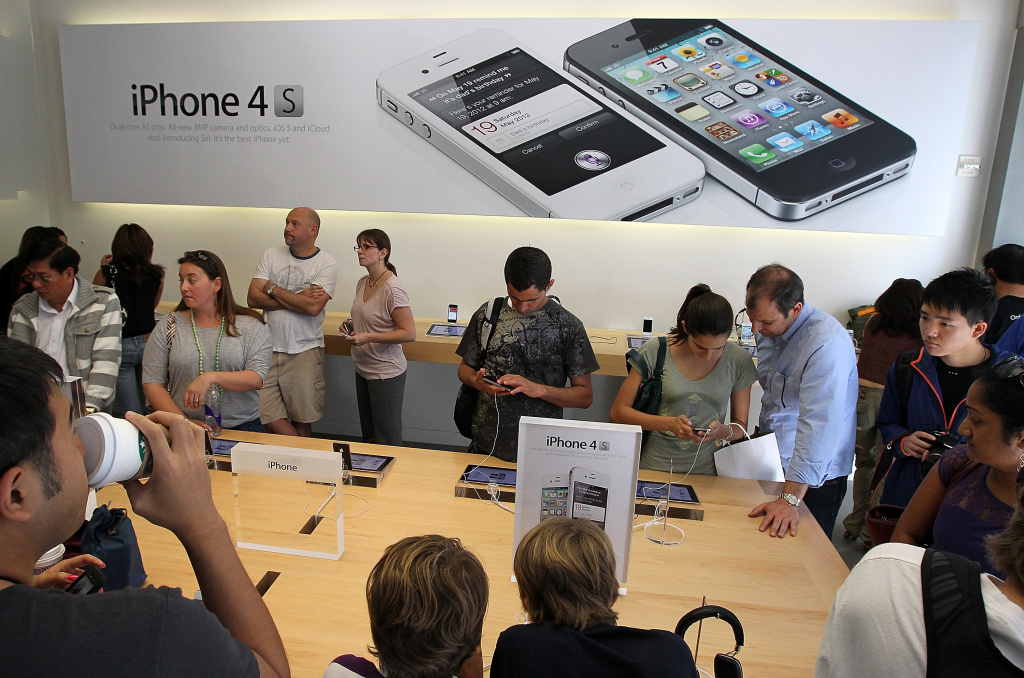
When it comes to customer service, the way you communicate can have a significant impact on the outcome. Certain expressions and behaviors should be avoided to ensure a positive customer experience. In this instructional article, we will explore some sentences you should never say to your customers. Pay close attention and improve your customer service skills!
“That’s not my responsibility.”
Regardless of whether it falls under your jurisdiction or not, it’s important to redirect the customer to the appropriate person who can assist them. Instead of making excuses, offer helpful guidance.
“Don’t tell anyone I told you this.”
Sharing confidential information about your company or service is unprofessional and erodes trust. Avoid this bad practice, as it damages your business image and betrays your organization.
“Excuse me, but I know what I’m talking about.”
Dismissing the customer’s knowledge and being condescending will only lead to conflict. While you may possess more expertise, it’s crucial to communicate respectfully and avoid offending the customer.
“No one has complained about that so far.”
The customer contacting you has a problem they want resolved. Referring to the lack of previous complaints will come across as an excuse and won’t address their immediate concern. Treat each customer issue individually.
“Can you tell me what your problem is?”
While this question is appropriate during initial contact, using it repeatedly can frustrate customers who have already explained their situation multiple times. Avoid making them repeat themselves unnecessarily and ensure proper handover of information when transferring the query.
“You misunderstood me.”
This phrase can be interpreted as belittling the customer. Avoid using it as some individuals may be sensitive and take offense. Instead, find a more constructive way to clarify the situation without sounding dismissive.
“Call back tomorrow.”
This response displays unwillingness, contempt for the customer’s time, and unprofessionalism. Instead of postponing the resolution, try to offer alternatives or find a suitable timeframe to assist them promptly.
“It’s no big deal.”
Never downplay a customer’s problem or emotions. Respect their perspective, as they perceive their issue as important. Be empathetic and understanding, acknowledging their concerns respectfully.
“I’m sorry, I’ve done a terrible job.”
While it may seem like self-deprecation or an attempt to show modesty, phrases like this can make customers uncomfortable. Apologize without undermining yourself and avoid putting your customers in an awkward position.
“I can’t help you.”
If you are unable to solve the customer’s problem, remember that there should be someone else available to assist them. Ensure a seamless handover to another representative who can address the issue effectively.
These ten phrases are just a starting point. Remember, in customer service, it’s crucial to maintain composure, be patient, and choose your words wisely. Developing good communication skills, coupled with common sense and professionalism, will help you provide excellent customer service and build strong relationships.
Get the new completely revised “Broken Windows, Broken Business” book with 25% new material at bit.ly/BWBBbook



